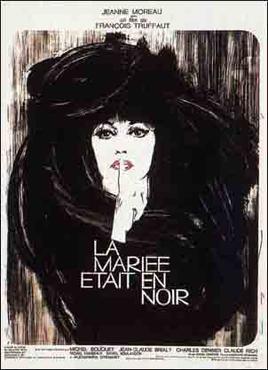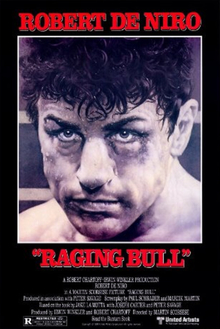
Robert Wise's 1951 film The Day The Earth Stood Still is an acknowledged classic, a stirring sci-fi parable of Cold War paranoia. It was responsible for the creation of the iconic silver-steeled robot Gort, and the phrase "Klaatu barada nikto," one of the most recognizable quotes in movie history. Director Scott Derrickson's 2008 remake updates the story to the present day, and focuses on an environmental message. Needless to say, any remake faces quite high expectations from the original's legions of admirers. I must admit I feared the worst when I saw the trailer, which emphasized shots of massive computer-generated destruction more than the characters. Would the original's personal, human story be compromised for special effects? Well, the answer is yes...and no. There is a human element to the film, and talented actors like Jennifer Connelly and Kathy Bates give the film some weight. But in the end The Day The Earth Stood Still turns into a rather predictable - and boring - sci-fi disaster movie.
Jennifer Connelly is Helen Benson, an esteemed scientist who is part of a team called in to investigate an alien aircraft that is about to land in Manhattan. It arrives in Central Park in the form of a giant luminous sphere, and out comes a massive metallic robot, and an alien named Klaatu. GORT, as he is so nicknamed by the military, is detained, while Klaatu is taken to a hospital where he sheds his alien outer layer to become, well, Keanu Reeves. Although he asks to speak to the United Nations, Klaatu's request is denied. He eventually escapes, along with Helen and her stepson Jacob (Jaden Smith), and they spend the rest of the film on the run from the military. Soon, Klaatu's message becomes clear: his race will exterminate the humans to preserve the planet's capacity for sustaining life.
The cast of The Day The Earth Stood Still deserves far better than the film's script gives them. Jennifer Connelly's leading lady looks have served her well in movies like Dark City and Hulk, but she is above all an extremely talented actress. Her role in The Day The Earth Stood Still is surprisingly unglamorous - her Helen is a weary widow striving to make ends meet, and I believed every minute of it. Kathy Bates and John Cleese also show up - Cleese is mostly wasted in a cameo as a Nobel Prize winning scientist, but Bates gives an entertaining performance as a very commanding Secretary of Defense. As for Reeves, the best I can say is that he doesn't embarrass himself - most of the time. The performance calls for being emotionless, and to that extent Reeves succeeds. But not surprisingly, it is quite a dull performance.
The film is technically well-made - visually appealing, with a few outstanding setpieces. The first sequence, set in 1928, is intriguing and mysterious and captured my attention immediately. I was also impressed with the first arrival of the sphere in New York - a faithful, atmospheric recreation of the scene from the 1951 film. But the filmmakers don't know how to handle Gort, perhaps the most memorable character from the original. In the original, he was played by a man in a suit; in the remake he is a Godzilla-sized, computer-generated creation. The effect is not convincing, and the scenes with Gort are often unintentionally laughable - as are the military attack scenes, which interrupt the storyline and seem to belong in another film entirely.
Still, I must respect the film for keeping the main focus on the characters, as the 1951 version did. They may not be the most interesting characters - Jacob, Helen's stepson, is a particularly contrived and annoying character - but the cast does their best with the material. Only in the last half-hour or so does the film lose the human focus, as the director indulges in special effects extravaganzas showing buildings and stadiums being destroyed.
And then there is the message. I have no problem with an environmental message - my favorite film of 2008, Wall-E, had a strong environmental message but displayed it in an intelligent and elegant manner. In contrast, the message of The Day The Earth Stood Still is cumbersome to the story as well as being downright silly. The 1951 film was very humanistic, calling for an end to war and violence. The 2008 version seems to suggest that if we compromise the existence of other species on the planet, we deserve to die. I also find some hypocrisy in a movie that advocates environmental awareness but has blatant product placement for McDonalds.
The Day The Earth Stood Still is a competent but misguided remake of a classic. Despite the efforts of an able cast, and a few memorable sequences, the film ultimately falls on its face, with a preachy message and far too much emphasis on action. It is not a terrible film by any means, and might stand up better if not compared to the original. But any remake has to be compared to the original, and there really is no comparison. The main problem plaguing this version of The Day The Earth Stood Still is that it has no earthly reason to exist.
Verdict: B -




